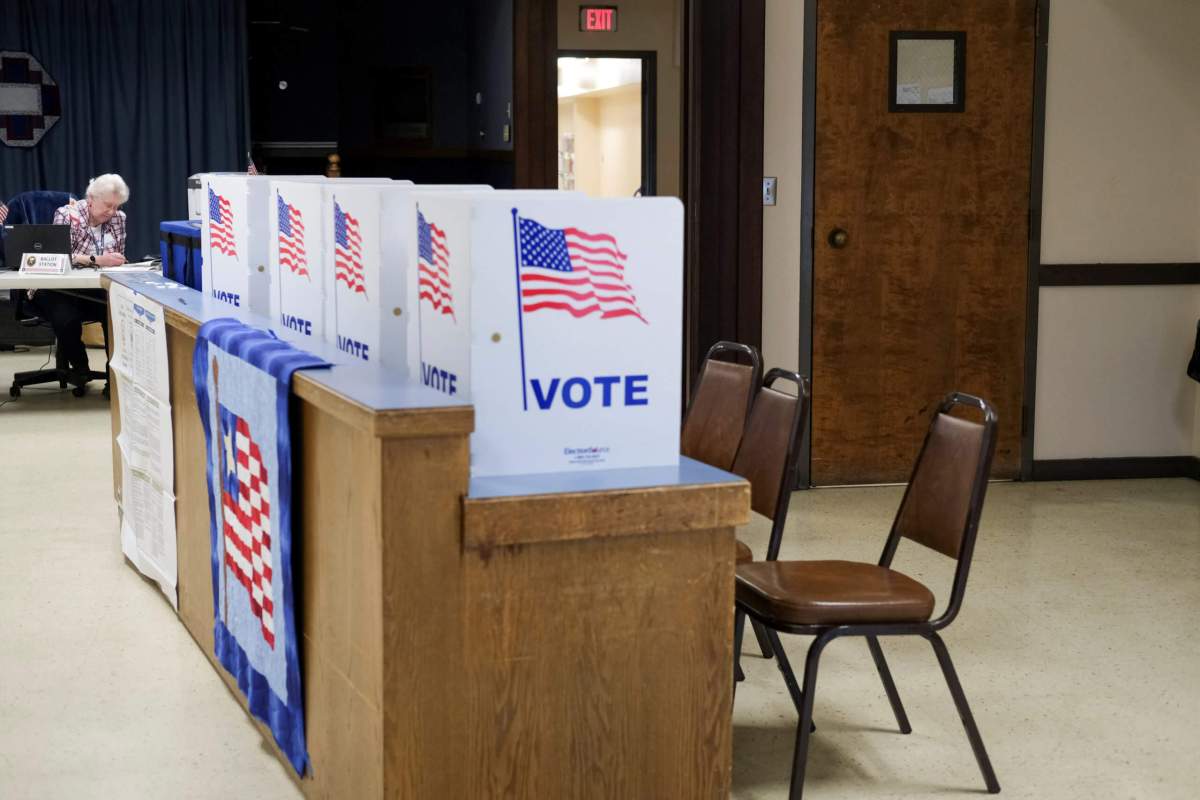Ranked choice voting goes into effect for this year’s primary elections, and, with most of New York City covered with solid-blue districts, those contests and the new voting system are sure to be important.
New Yorkers already have their work cut out for them this election year, with some districts seeing dozens of candidates running to replace term-limited officials. But, residents will also have to deal with a new ballot format as soon as this year’s primaries and special elections, which allows them to rank candidates from most- to least-favorite.
What will the ballot look like?
Ballots in upcoming elections will allow voters to rank up to five candidates in order or preference. You do not, however, have to rank all five — you can rank as many or as few candidates as you like. If you choose to vote for only one candidate, just leave the other columns blank.
If none of the candidates get by with a 50 percent majority, the candidate with the lowest total rank is eliminated and second-choice votes are counted until a winner is determined.
According to the New York City Board of Elections, if you rank the same candidate first, second, and third, it is the same as leaving the second and third choices blank. Additionally, if you give multiple candidates the same ranking, this is called an “over-vote” and your choice in that rank and later ranks cannot be counted.

The first election which will use ranked choice voting will be the special election to replace former Queens Councilman Rory Lancman on Feb. 22, followed by the June 22 Democratic Primary for mayor.
What are some obstacles to ranked choice voting?
Ranked choice voting itself was adopted by voters in 2019 under a referendum that that was designed to prevent runoff elections. But nonetheless, questions of educating the public on the new system have been endemic and members of the City Council debated in December whether or not to postpone the rollout until outreach has been made more effective.
“The idea of ranked choice voting was to create a system that didn’t require a runoff. And some argued [that it] would engage people more. Others said it wouldn’t, but, you know, the people did vote for it in a referendum,” Mayor Bill de Blasio said in early December. “But when you hear community leaders saying, look, we’re not getting the education we need, we have a major election in six months and people don’t know how to use this yet, that’s a cause for real concern.”
After presenting their concerns about ranked choice voting in February 2020 some elected officials argued that with the lack of educational outreach on the new ballot system would put New Yorkers who are not proficient in English at a disadvantage, and in December, launched a lawsuit to block the plan.
The State Supreme Court rejected the bid to put off ranked choice voting and the rollout is set to continue as scheduled.
For more information on ranked choice voting, visit the Board of Elections website.
This story first appeared on AMNY.com.
























